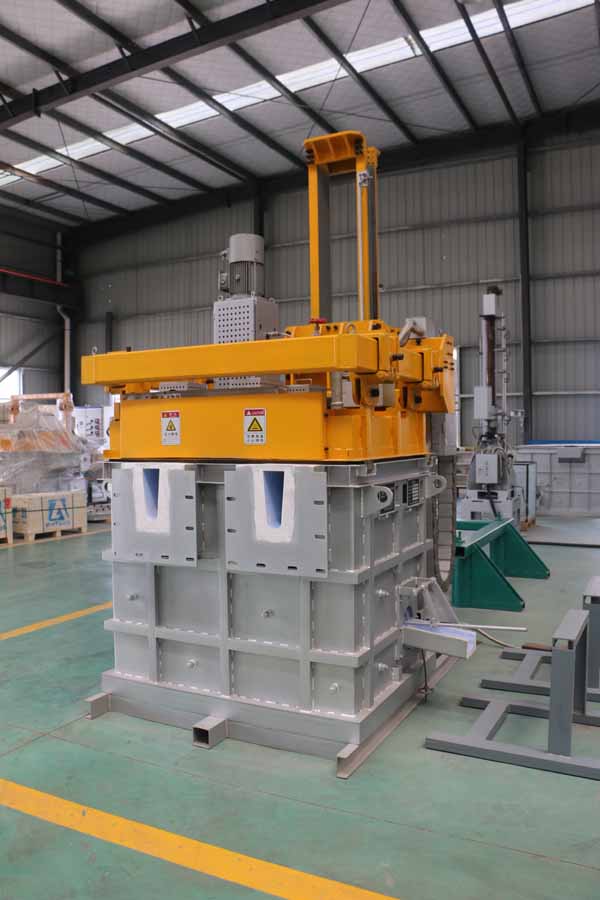
28 4月 Melt Aluminum Degassing Unit
Melt Aluminum Degassing Unit is an advanced metal purification device with advanced heating elements. It is suitable for removing gases and harmful impurities in aluminum and aluminum alloys.
The on-line degassing device adopts advanced high-silicon melting technology to obtain a longer use time. The degassing rotor, heater protection thimble and thermocouple protection thimble, adopt ceramic manufacturing technology, and can measure the requirements for the production of high-precision aluminum.
Aluminum Degassing Unit manufacturer
AdTech has long recognized the need for effective fluorine gas treatment to remove hydrogen and inclusions.
Therefore, AdTech’s online degassing device can measure this requirement and achieve the best possible degassing efficiency.
Rotary degassing has made a major breakthrough in automated, efficient, and cost-effective degassing.
The principle of the degasser requires a rotor, which can generate very fine inert gas bubbles, which are evenly and uniformly distributed throughout the metal bath.
Melt Aluminum Degassing Units adopt a new type of high-silicon molten material manufacturing technology and has an ultra-long life furnace body.
The degassing rotor, heater protection sleeve and thermocouple protection sleeve are all made of silicon nitride (Si3N4) ceramic manufacturing technology.
It must eliminate the hydrogen contained in molten aluminum and its alloys and other residues that affect its quality and mechanical properties.

Degassing in casting
The degassing of aluminum is based on the principle that dissolved hydrogen will move from a high concentration (in the melt) to a low concentration (inert gas) area.
The hydrogen disperses into molten metal, just like it is released in any small space. It will maintain a constant concentration throughout the melt.
The migration speed of hydrogen in air is almost as fast as in air. Therefore, there is no need to contact every ounce of metal with inert guests.
The efficiency of aluminum degassing is determined by two factors, the transfer rate of the metal/gas interface and the total surface area available for transfer.
The traditional hydrogen degassing system bubbling through metal (chlorine, freon or SF6) to speed up the transfer of hydrogen to the large bubbles through the metal gas interface.
On humid days, there is a practical limit to the removal of hydrogen, because the surface area of the metal increases due to the large bubbles breaking the surface, and then more hydrogen is absorbed from the humid atmosphere.
Aluminum is a kind of metal, and because of its light weight, its relative strength is often used.
However, when aluminum is cast, impurities called inclusions may create weaknesses in the product.
These inclusions will cause defects in the aluminum alloy casting structure.
As the demand for high-quality aluminum products continues to increase, especially in the aerospace industry, the quality demand for aluminum alloy products also increases.
In order to remove impurities in the melt and provide cleaner and better quality aluminum, one of the most effective cleaning methods is degassed aluminum.
Therefore, degassing during casting is critical to the previous removal of hydrogen and non-metallic inclusions from molten metal.


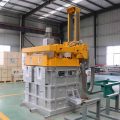
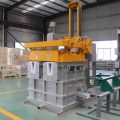
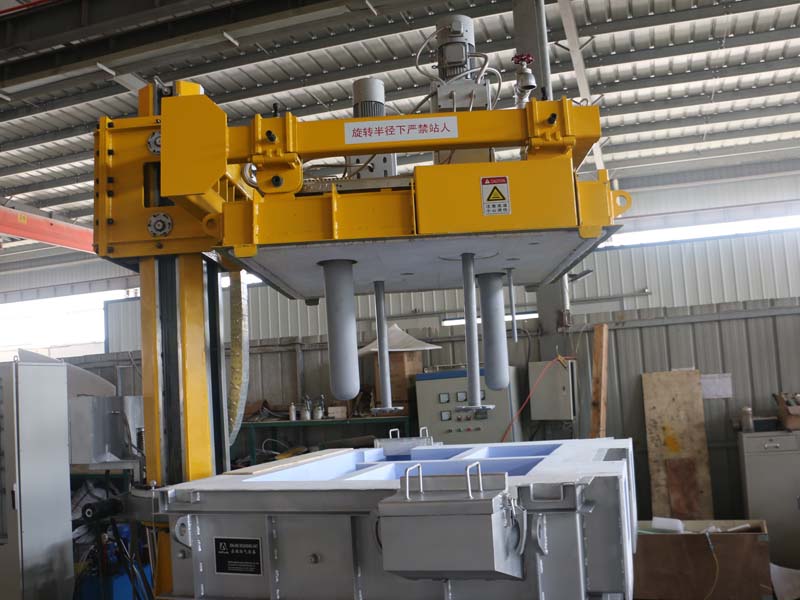
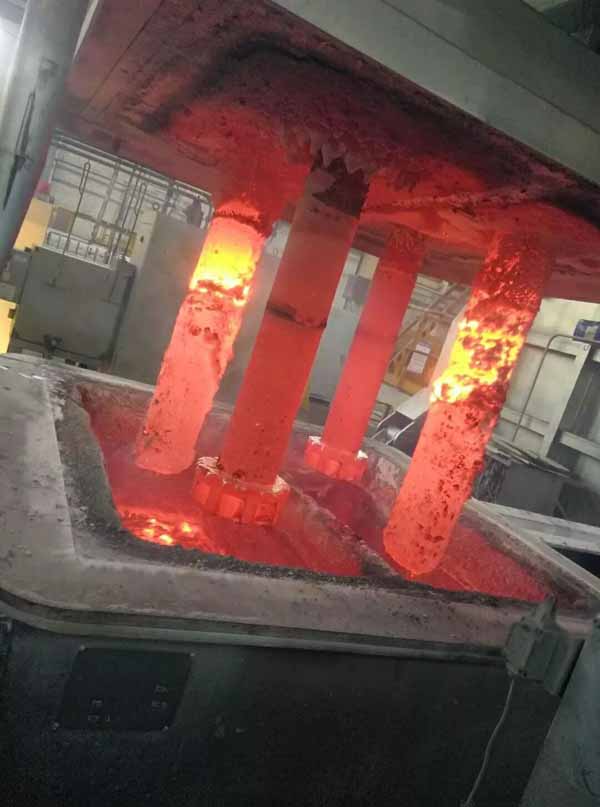
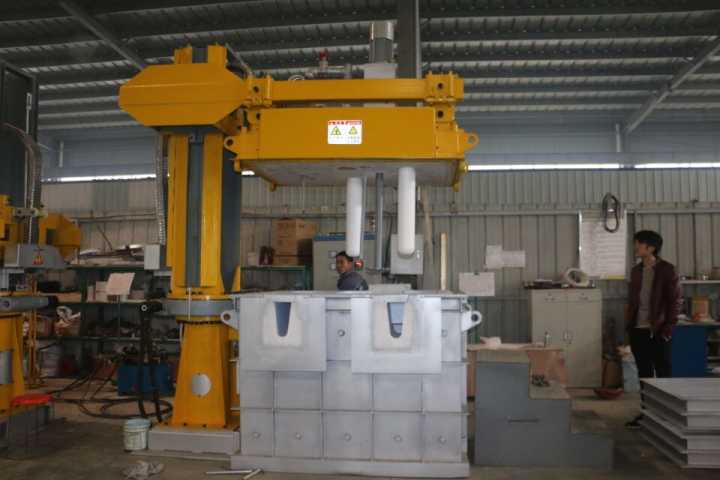
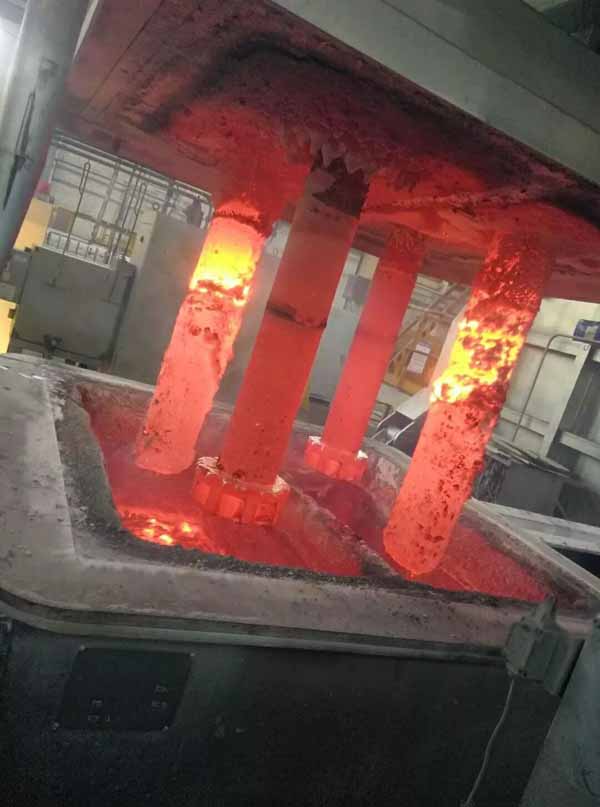
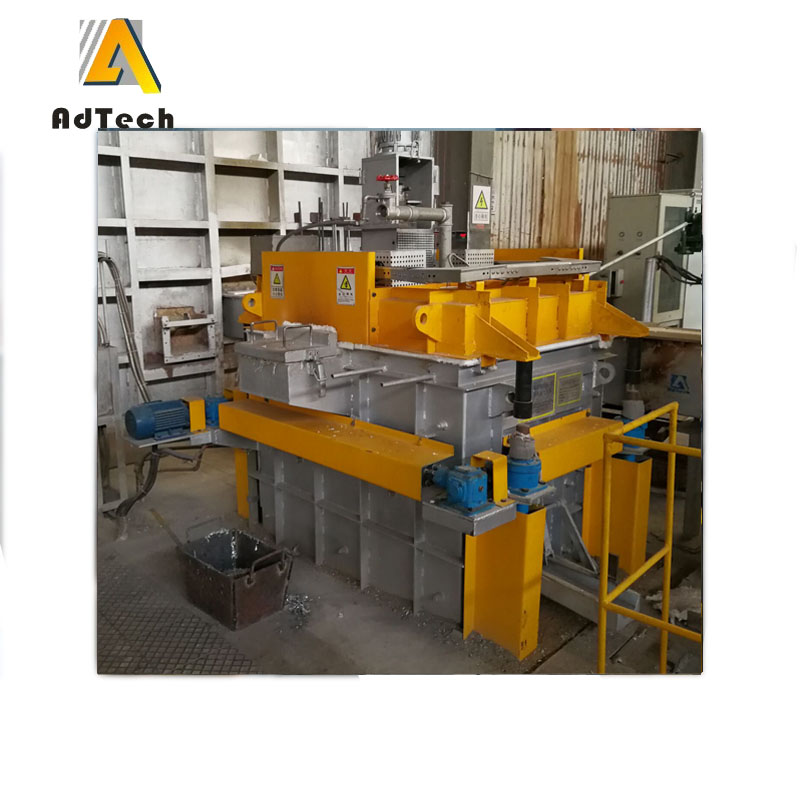
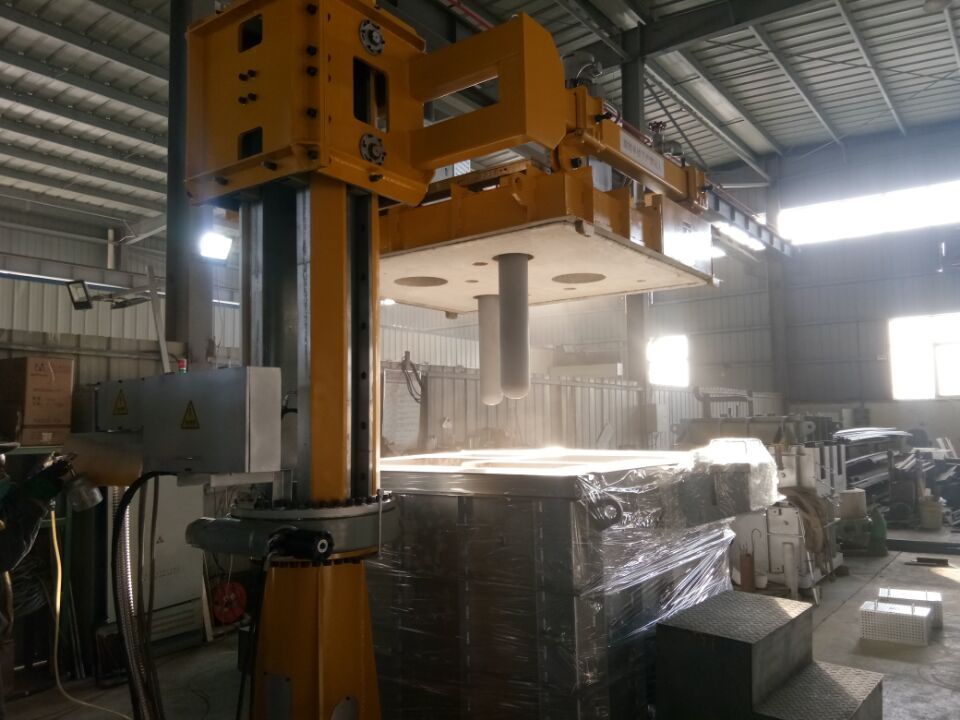

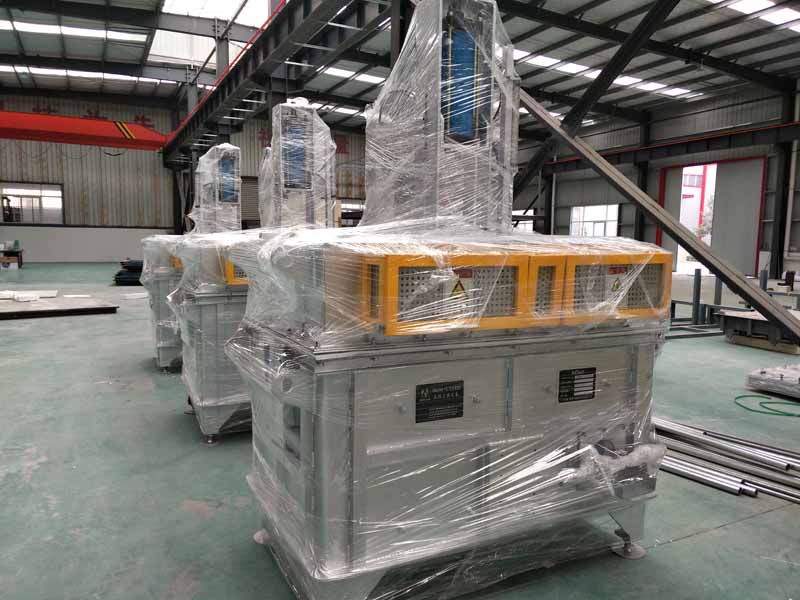
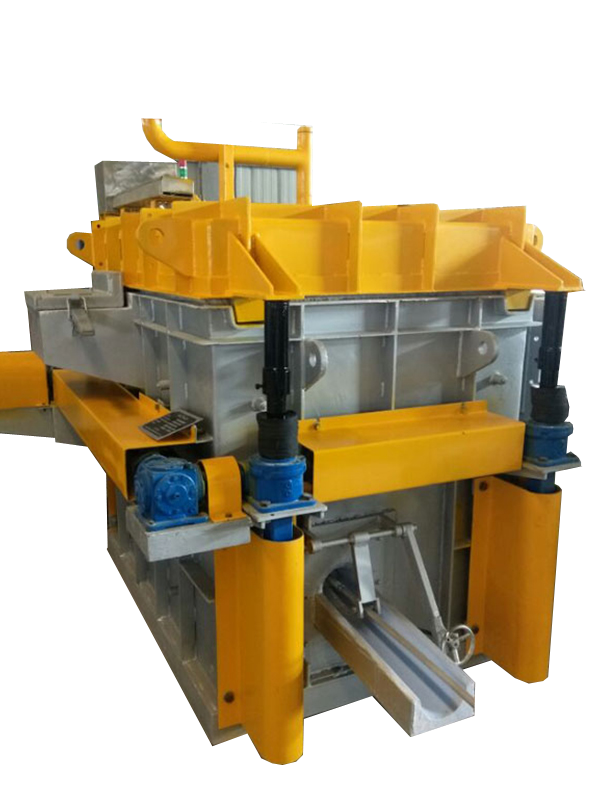

No Comments